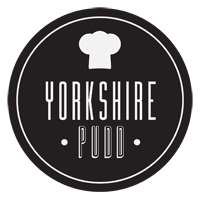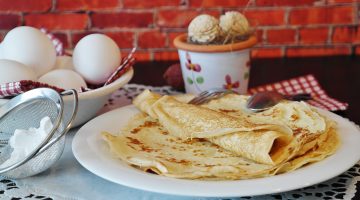Sip, Share, and Savour: Exploring the Art of Tea Drinking
Sharing conversations and catching up with people over tea is a delight because everything is better when shared. But if you want solitude and unplug with what’s happening in the world, teatime is always a good time. You see, tea is more than just a drink. It’s an experience to indulge in, giving you mouthwatering flavours to keep you calm, cool, and collected.
Whether you’re newly trying out what teas offer or a seasoned tea drinker, knowing the best ways to drink tea is essential. Sit back, relax, and enjoy as this article talks about it.
 Preparing the Perfect Cup
Preparing the Perfect Cup
According to a source, variations of teas are available at your disposal. Each of which has a different flavour, aroma, and vibe. There are also several brewing techniques to explore, each offering a unique tea-drinking experience. The traditional Western method involves steeping the tea leaves in hot water for 3-5 minutes, while the Chinese gongfu method emphasizes multiple short infusions in cooler water for 2-3 minutes to bring out the tea’s nuances.
Experiment with different methods to find your preferred style. You should also decide how the leaves will be incorporated into the drink. Will it be loose or in a tea bag?
Loose Leaf Tea
Loose-leaf tea offers superior flavour and quality, as the leaves are less processed and can expand fully during steeping, releasing more of their natural oils and aromas. It tends to be fresher and more flavourful than bagged tea, which often contains broken leaves and dust. You wouldn’t have a hard time finding where you can get it. Many companies, like Rare Tea Company, sell loose-leaf tea designed to be ethically sourced and sustainable. Click here to learn more.
The larger leaves in loose-leaf tea retain more essential oils, resulting in a richer and more complex flavour profile. Additionally, loose-leaf tea allows for greater control over the strength and flavour of the tea, as the amount of tea leaves can be adjusted to personal preference.
Tea Bags
While loose-leaf tea is often preferred for its superior quality and flavour, tea bags remain a popular and convenient option for many tea drinkers. Understanding the pros and cons of tea bags can help beginners make informed choices about their tea consumption.
Tea bags offer convenience and ease of use, making them ideal for quick brewing at home, in the office, or on the go. They typically come pre-measured, ensuring a consistent cup of tea every time. Many tea bags are also individually wrapped, preserving freshness and flavour. For those new to tea, tea bags provide an accessible entry point into the world of tea without the need for additional equipment.
Understanding Different Types of Tea
It’s essential to understand the different types of tea available. Each type has unique characteristics and preparation methods:
Black Tea
Black tea is fully oxidized, producing a robust flavour and dark colour. It is the most popular type of tea worldwide and includes varieties like Earl Grey, Assam, and Darjeeling. Black tea is often enjoyed with milk and sugar, though it can be savoured plain to appreciate its full-bodied flavour.
Green Tea
Green tea is minimally oxidized, which preserves its green colour and fresh, slightly grassy flavour. Popular types include Sencha, Matcha, and Dragonwell. Green tea is often enjoyed without additives, allowing its subtle flavours to shine through. Drinking green tea can also provide numerous health benefits such as antioxidants that may improve overall wellness.
White Tea
White tea is the least processed, made from young tea leaves and buds. It has a delicate flavour, often described as light and sweet. Silver Needle and White Peony are well-known varieties. White tea is best enjoyed plain, as its subtlety can be overwhelmed by milk or sweeteners.
 Oolong Tea
Oolong Tea
Oolong tea is partially oxidized, placing it between black and green tea in terms of flavour and colour. Varieties like Tieguanyin and Da Hong Pao offer complex flavours ranging from floral to fruity. Oolong tea is often enjoyed plain or with a light sweetener.
Herbal Tea
Herbal tea, or tisane, is made from various plants, herbs, and spices rather than tea leaves. Chamomile, peppermint, and rooibos are popular examples. These teas are caffeine-free and are often enjoyed for their medicinal properties and comforting flavours.
Teas offer a sensory experience that can be both relaxing and invigorating. It’s just a matter of choosing your preference.
Conclusion
What’s the tea? Drinking tea offers a spectrum of flavours that transcend different cultures. There’s a right blend ready just for you. You need to savour each sip.











